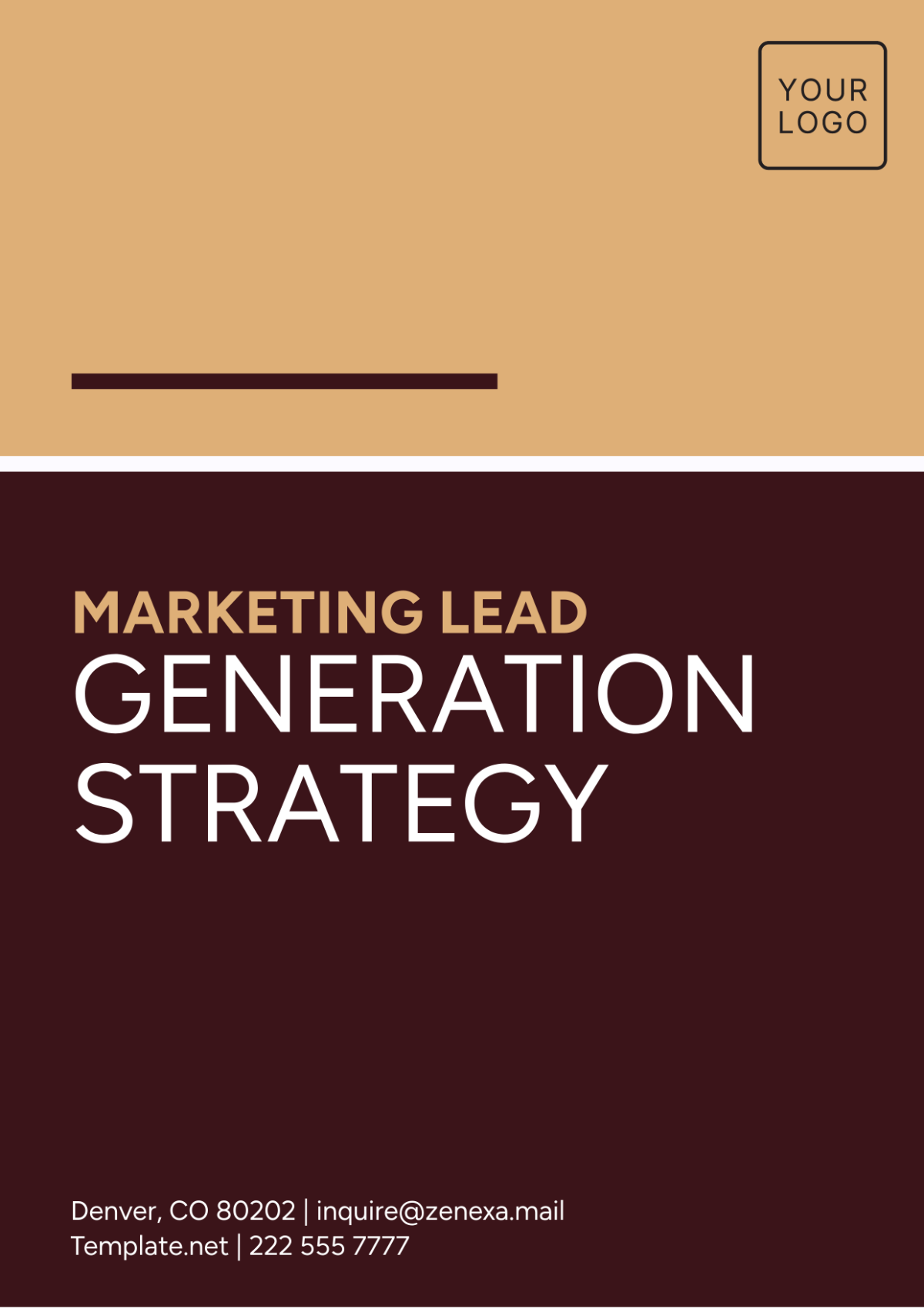Marketing Observational Study
Prepared By: [Your Name]
Observational Study: Marketing Strategies in E-Commerce
Introduction
This observational study examines marketing strategies employed by e-commerce businesses, focusing on how these strategies impact consumer behavior and sales performance. The goal is to understand the effectiveness of various marketing tactics and to identify trends that could guide future marketing efforts.
Methodology
Data Collection
The study observed 50 e-commerce businesses across various industries, including fashion, electronics, and home goods. Data was collected through website analytics, social media performance metrics, and sales reports over six months.
Observation Parameters
The parameters observed included:
Marketing Channels: Email, social media, paid search, and content marketing.
Consumer Engagement: CTR, conversion rates, and session duration.
Sales Metrics: Revenue, average order value (AOV), and return on investment (ROI).
Findings
Marketing Channels
The effectiveness of different marketing channels varied significantly. The table below summarizes the performance of each channel.
Marketing Channel | Average CTR (%) | Average Conversion Rate (%) | Average ROI (%) |
|---|---|---|---|
Email Marketing | 4.2 | 2.5 | 300 |
Social Media | 3.8 | 1.8 | 250 |
Paid Search | 5.5 | 3.2 | 350 |
Content Marketing | 3.0 | 1.5 | 200 |
Key Observations:
Email Marketing had the highest average ROI, demonstrating its effectiveness in driving sales relative to the cost.
Paid Search achieved the highest CTR and conversion rate, suggesting it is highly effective for capturing immediate interest and driving purchases.
Social Media performed well in terms of engagement but had a lower conversion rate compared to paid search.
Consumer Engagement
Consumer engagement metrics were analyzed to assess how different marketing strategies influence user behavior.
Click-Through Rates (CTR)
Email Campaigns: Showed a high CTR of 4.2%, indicating that well-targeted emails are effective in encouraging users to visit the website.
Social Media Ads: Achieved a CTR of 3.8%, with performance varying based on platform and ad quality.
Conversion Rates
Paid Search: Displayed the highest conversion rate at 3.2%, suggesting that users who click through paid search ads are more likely to complete a purchase.
Content Marketing: Had the lowest conversion rate of 1.5%, which may be attributed to the longer decision-making process for content-driven purchases.
Sales Metrics
The impact of marketing strategies on sales performance was evaluated using revenue, average order value, and ROI.
Revenue
Paid Search generated the highest revenue, reflecting its efficiency in driving high-intent traffic to e-commerce sites.
Email Marketing also contributed significantly to revenue, particularly when combined with personalized offers.
Average Order Value (AOV)
Paid Search campaigns often attracted higher AOV compared to other channels, possibly due to targeted ads reaching consumers ready to make larger purchases.
Content Marketing showed lower AOV, suggesting that it may attract less committed buyers or those in earlier stages of the purchase funnel.
Return on Investment (ROI)
Paid Search achieved the highest ROI at 350%, indicating that it provides a substantial return relative to its cost.
Email Marketing and Social Media also delivered positive ROI but were lower compared to paid search.
Discussion
Effective Strategies
The data suggests that Paid Search and Email Marketing are particularly effective strategies for e-commerce businesses. Paid search excels in driving high-intent traffic and conversions, while email marketing provides a strong ROI through personalized engagement.
Areas for Improvement
Content Marketing and Social Media showed room for improvement in conversion rates and ROI. E-commerce businesses may need to refine their strategies in these areas to better align with customer expectations and improve overall performance.
Recommendations
Optimize Paid Search: Invest more in paid search campaigns and focus on refining targeting to maximize ROI.
Enhance Email Campaigns: Continue leveraging personalized email campaigns to maintain high engagement and conversion rates.
Revise Social Media Tactics: Experiment with different ad formats and platforms to increase CTR and conversion rates.
Improve Content Marketing: Develop more compelling content that drives user engagement and leads to higher conversion rates.
Conclusion
The observational study provides valuable insights into the effectiveness of various marketing strategies in e-commerce. By focusing on high-performing channels and addressing areas with lower performance, businesses can enhance their marketing efforts and drive better results.

















































